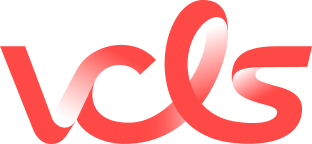Patient Engagement
De-risk your clinical trials and optimize access to market with a patient engagement strategic plan
We amplify the patient’s voice at every stage of your product lifecycle, building a compelling and impactful value proposition.

KEY FIGURES
30+
Years of experience
25+
Clients in the past 2 years
80%
Clients in rare diseases
SOLUTIONS
We help capture key patient and caregiver insights on unmet needs and priorities, integrating them to build truly patient-centric strategies
-
Identify and understand the unmet need, experiences and preferences related to a health condition and treatment.
-
Define with patients the relevant values and outcomes for patients.
-
Validation of TPP.

-
Endpoints selection / validation.
-
Target population.
-
Selection of QoL parameters, PROs validation.

-
Input of patient in review / co-creation of clinical trial protocol and patient facing material (ICF, educational tools ) can not be overlooked and is now a “must have”.
-
Recruitment / retention strategies.
-
Trial’s communication.

-
Support clients in their regulatory submissions by improving their data collection from a patient ‘s perspective
-
Understand trade-offs and the balance benefit-risk from patient’s perspective
-
Evaluate future treatment adherence

-
Integrate a real patient centric product value for Health Technology Assessment (HTA) bodies
-
Incorporate the voice of the patient and patients’ lived experience in their review and approval processes for value assessments
-
Determine clinical endpoints that are relevant from the patient’s perspective, as well as PROs that are really capturing the full picture of patient’s experience (and might highly differ from PROs decided by KOLs and sponsors).
-
Evaluate future treatment adherence and patient support’s need in commercialization phase
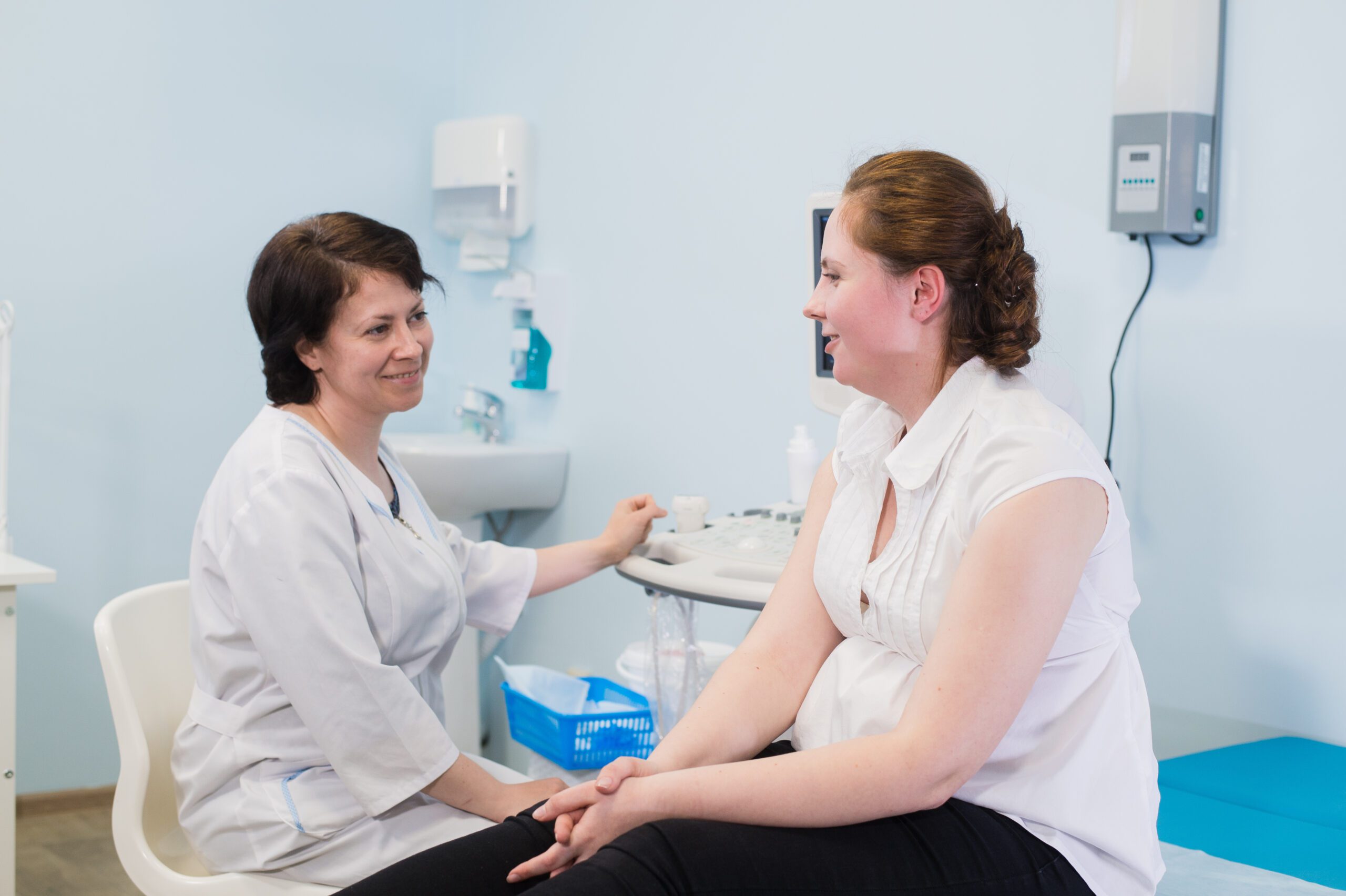
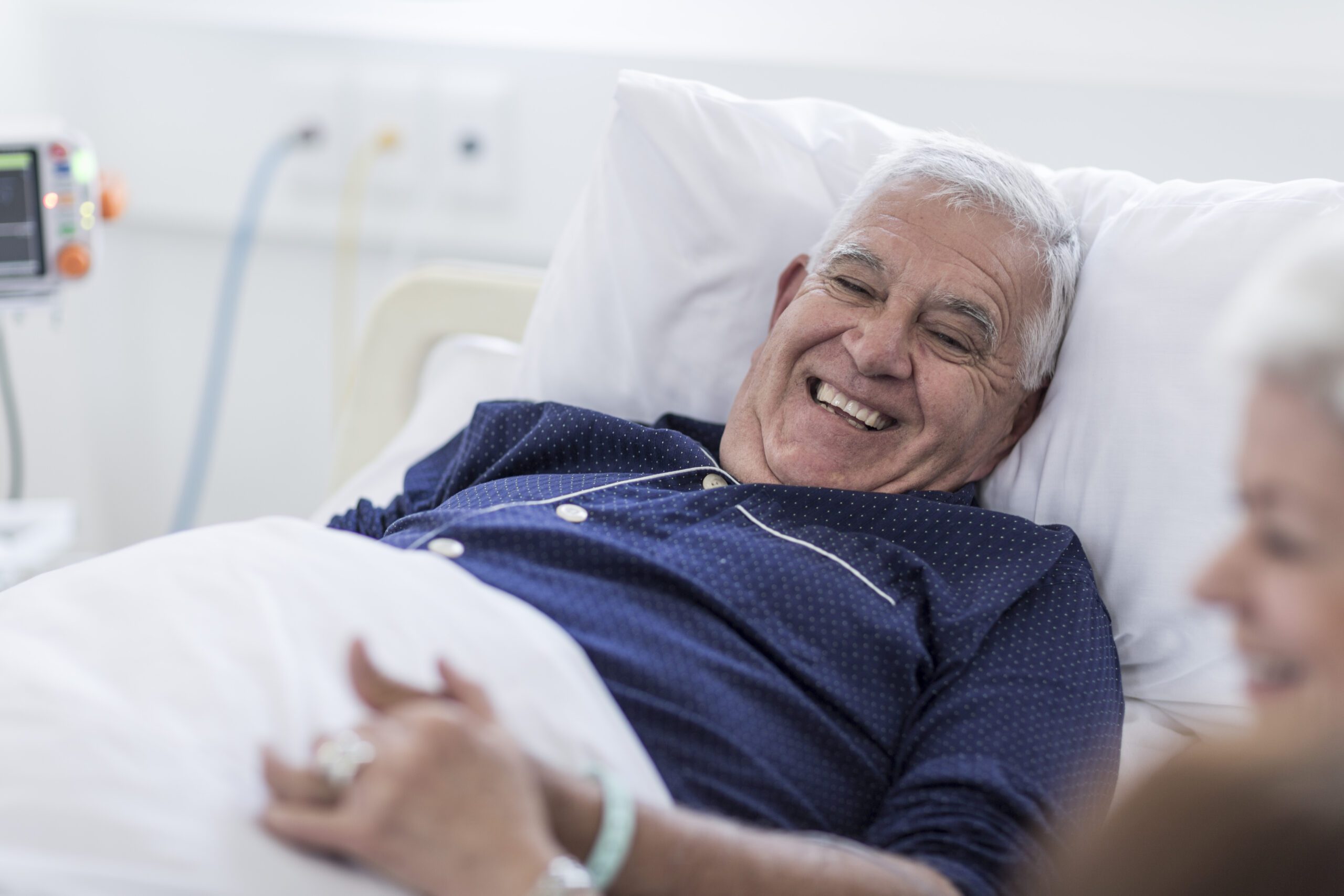
Enhanced Patient-Centric Regulatory Strategy and Compliance
We bridge regulatory requirements with patient-centric insights, and enable you to meet evolving regulatory expectations for patient-centric drug development (e.g., FDA’s Patient-Focused Drug Development initiative) by leveraging patient engagement throughout the development lifecycle.
Seamless Integration of Patient Insights into Regulatory Submission
We incorporate real-world patient data and feedback into regulatory filings, such as Clinical Study Reports (CSRs), Risk Management Plans (RMPs), and Periodic Safety Update Reports (PSURs), ensuring that patient perspectives on unmet needs, treatment preferences, and quality of life are effectively communicated to regulatory authorities.
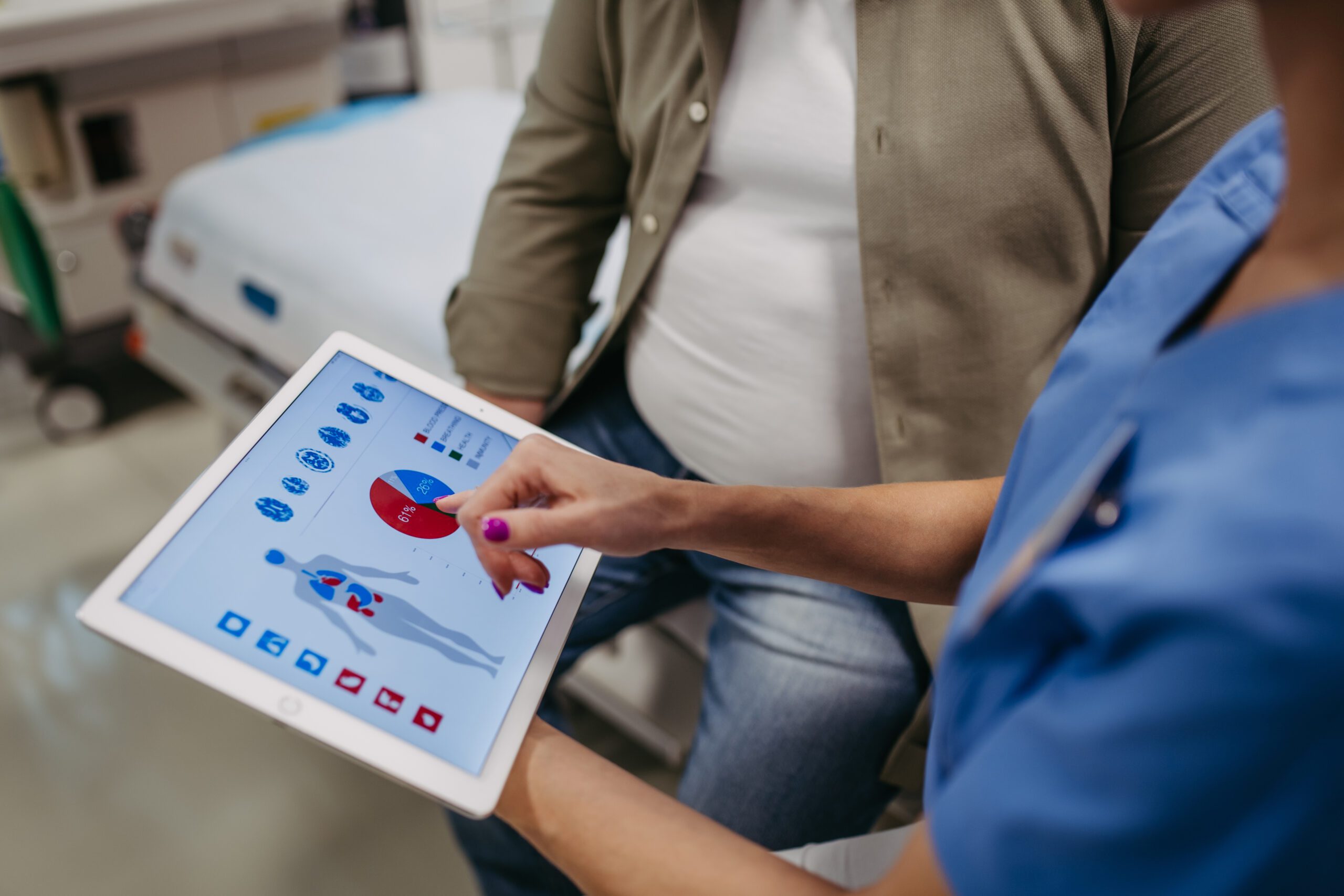
VCLS Experts Q&A
Why include patients in clinical trial protocol design?
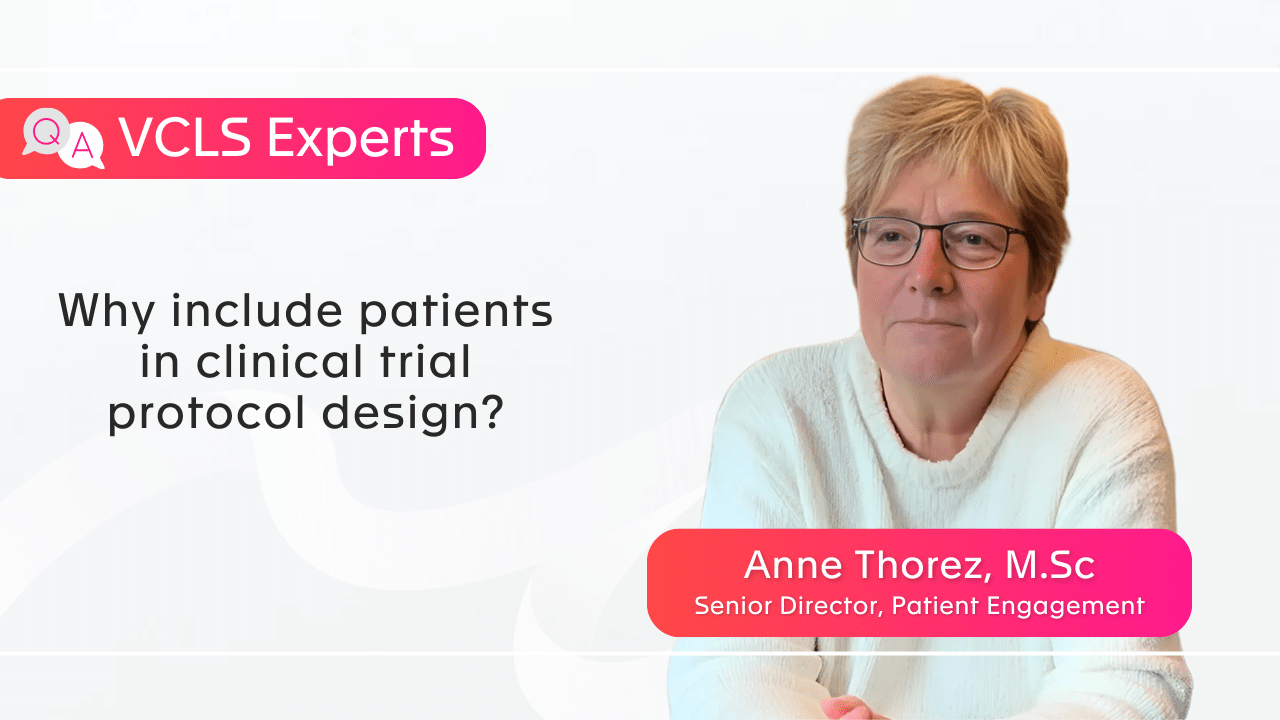
How do regulators and Health Technology Assessment (HTA) bodies view and approach patient engagement?
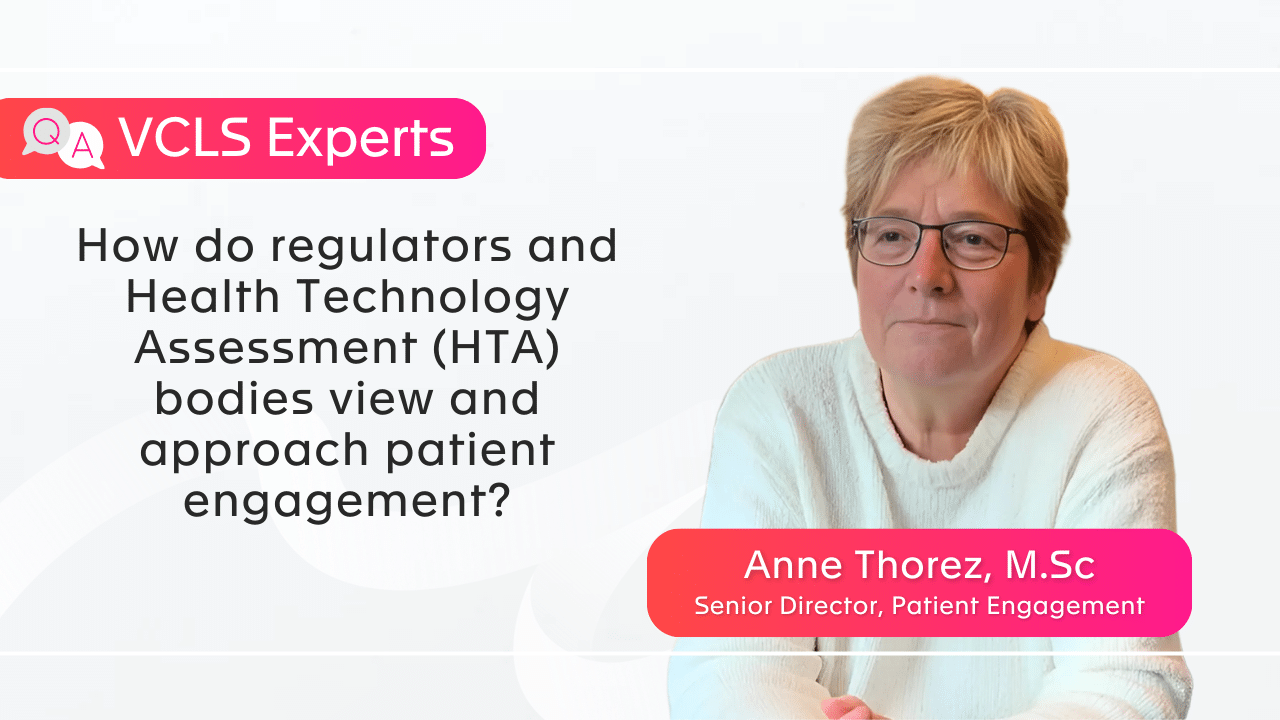
FAQs
What’s the benefit of patient engagement?
Patients are no longer perceived as passive users of a treatment, but increasingly as active partners all along the healthcare product development process.
The ultimate goal of patient engagement is to improve outcomes by taking the patient’s experience and voice into consideration. This can be achieved in various manners:
By integrating a full patient engagement strategy as early as possible, patients (and caregivers) can act as experts of their disease. They can provide essential information on the impact of the disease on their daily lives, the treatment journey, and their unmet needs. In addition, they can help to develop Patient Report Outcomes (PROs) that really matter to them along with potential barriers to treatment.
By collaborating with sponsors (and KOLs) in the development of the clinical protocol and patient information, it will lead to better patient enrolment, higher retention rates, resulting in higher quality data and cost savings.
By working collaboratively with patients, there are more chances to meet the regulatory agencies’ requirements and address the essential needs of the HTAs.
Finally, an ongoing, trusting and meaningful partnership with patient groups can be a powerful way to improve the dissemination of clinical results.
read more
How and when to engage with the patient?
Patient engagement is a process that needs to start as early as possible in the product development plan, to obtain the unique insights only a patient can provide.
This usually takes place during the critical Phase V and should be meaningful for all parties, built on mutual trust leading to a long-term relationship.
Patient engagement is not something you achieve overnight and can’t be improvised; it needs to be carefully planned and developed.
The selection of patient experts or groups is a critical step in your strategy, ensuring the expertise and assets match the needs of your specific program or project. Communication, partnership and feedback between the sponsor and the patient expert (patient organization) are key elements. Pharmaceutical companies benefit if they adopt a supportive approach with the strategic priorities placing patient involvement at the heart of the business.
read more
Related Glossary

Questions? Get the answers by our expert team
No two product developments are the same, talk to our experts about your development challenges and we will provide your actional recommendations.
